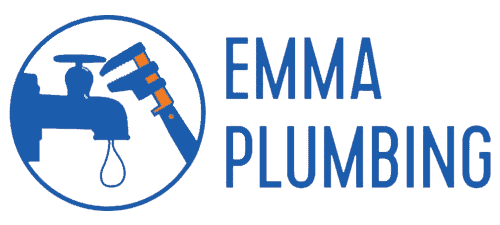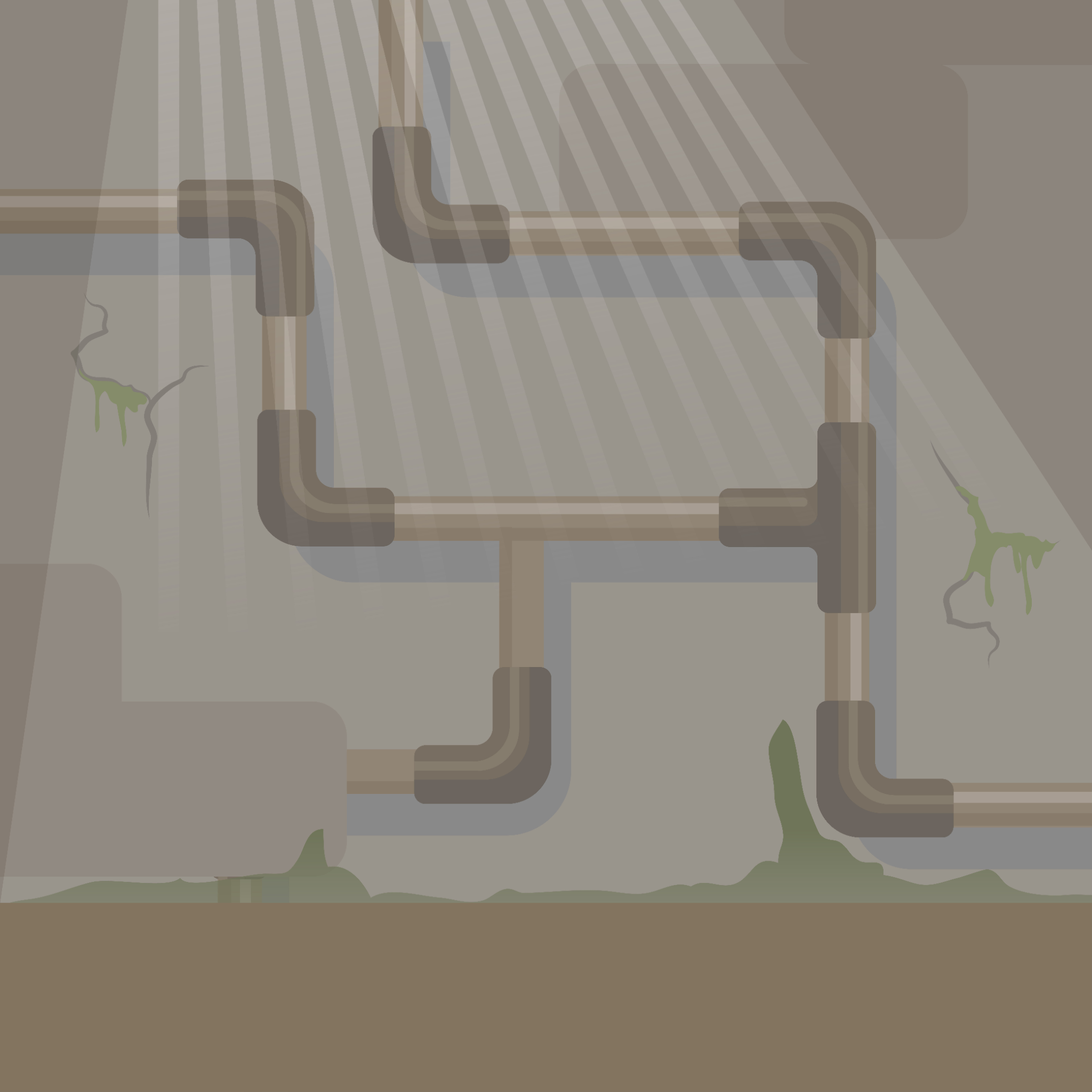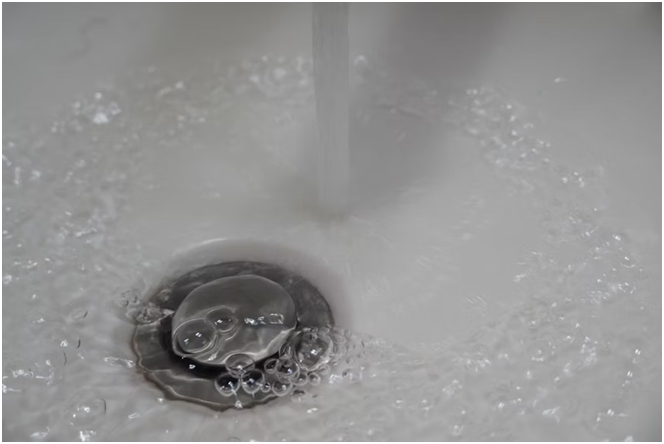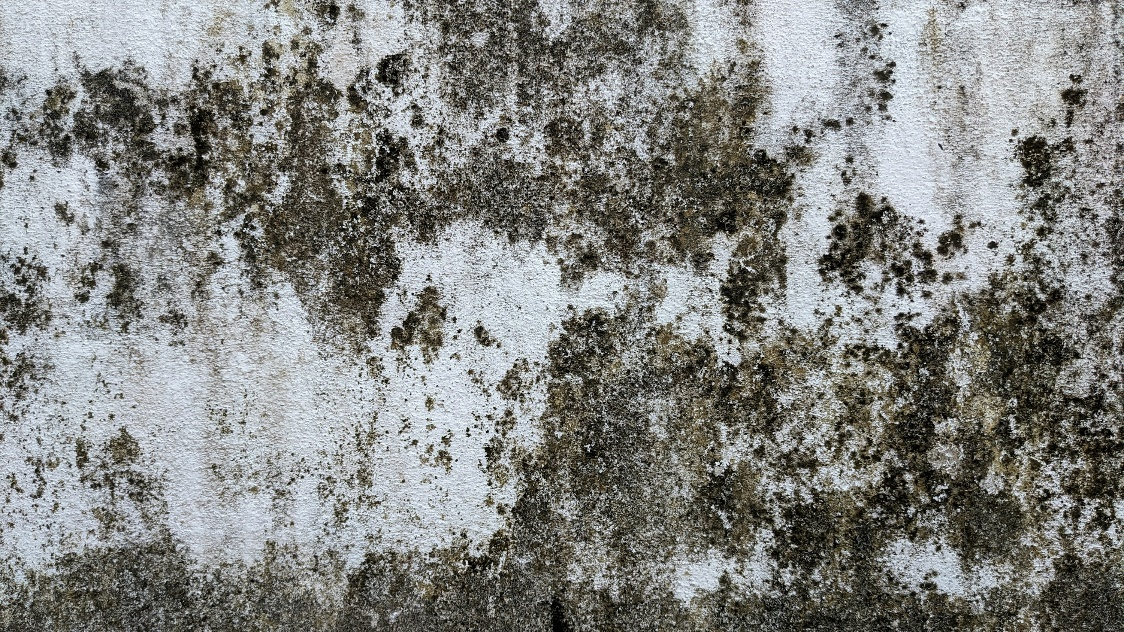Water leaks are among the most common yet overlooked issues homeowners face. According to the Environmental Protection Agency (EPA), household leaks waste nearly 10,000 gallons of water annually, with ten percent of homes wasting 90 gallons or more each day. What begins as a small leak often escalates into higher utility bills, structural damage, and even health risks caused by mold.
The challenge is that many of these problems remain hidden until it’s too late. By learning to recognize the signs of water leak issues early, homeowners can save themselves from costly repairs. Professional support from a trusted plumber can prevent small concerns from becoming major disasters.
Rising Bills and Hidden Leaks
One of the easiest ways to spot a hidden leak is by monitoring your water bill. If usage habits haven’t changed but monthly charges keep climbing, chances are water is escaping somewhere unseen.
Common culprits include dripping faucets, toilets that run constantly, or pipes leaking underground. These issues may not seem urgent, but collectively they waste thousands of gallons of water every year. Homeowners who notice these changes should call in local plumbers or arrange plumbing service to track down the source before the damage spreads.
Changes Around the Home
Leaks often leave behind subtle but telling signs. Paying attention to your home’s environment can help you detect trouble early.
Watch for:
- Water stains on ceilings, walls, or floors.
- Musty odors, especially in basements or bathrooms.
- Sounds of dripping or running water when fixtures are off.
These indicators usually point to moisture behind walls or beneath flooring. In severe cases, it may signal deeper issues requiring sewer line repair or even specialized services like sewer line video inspection. Acting quickly prevents what could otherwise become a large-scale restoration project.

Long-Term Risks of Ignoring Leaks
Ignoring leaks doesn’t just waste water—it jeopardizes both your home and your health. Persistent moisture encourages mold growth, which the CDC identifies as a trigger for asthma and respiratory conditions. Beyond health risks, water can weaken drywall, warp flooring, and crack foundations.
Some of the most serious consequences include:
- Mold infestations require costly remediation.
- Structural instability due to continuous water seepage.
- Increased liability for landlords and property owners.
For residents, having access to a reliable residential plumber provides a safeguard against these escalating risks.
How Preventive Maintenance Helps
Preventative care is one of the most effective ways to stop hidden leaks before they spiral out of control. Regular maintenance reduces strain on older plumbing systems and improves overall reliability.
Smart steps include:
- Scheduling annual inspections with trusted professionals
- Checking water heaters, since tank leaks are common. Services likewater heater repair or water heater installation prevent larger failures.
- Using advanced techniques such as hydro jetting to clear pipes and minimize blockages that lead to leaks.
Businesses benefit from the same preventative approach, often through long-term partnerships with a plumbing service provider.
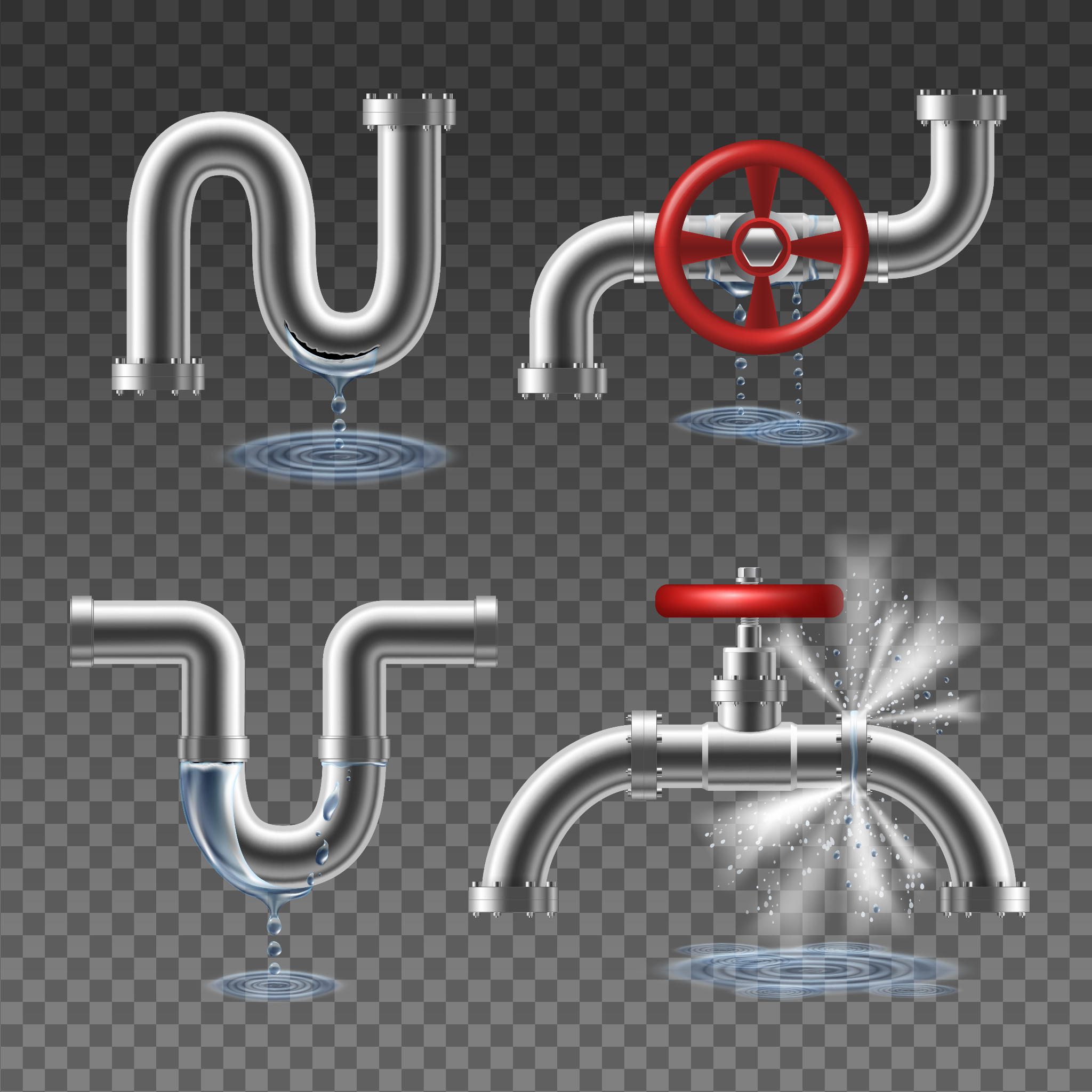
Seasonal Stress on Plumbing Systems
New England’s weather patterns create added risks for hidden leaks. Winters often bring frozen pipes that expand and crack, while spring thaw can saturate soil and increase groundwater pressure on foundations. Summer’s heavier water use only compounds the stress.
Seasonal warning signs to watch for include:
- Burst pipes during deep freezes.
- Damp basements from snowmelt seepage.
- Higher strain on water heaters during cold months, leading to frequent calls for water heater repairor water heater replacement.
Homeowners who arrange regular residential plumbing service avoid costly seasonal surprises.
Plumbing Technology That Detects Hidden Leaks
Modern plumbing technology makes it easier than ever to spot leaks that homeowners can’t see. Methods such as leak detection and sewer line video inspection allow plumbers to find problems inside walls, underground, or deep within pipes without tearing up floors or landscaping.
These diagnostic tools not only save time but also reduce repair costs because they target the exact location of the issue. Homeowners who work with a reliable plumbing company benefit from accurate, minimally invasive solutions that protect their property long-term.

Don’t Overlook the Warning Signs
The signs of water leak issues are often subtle but carry significant consequences if ignored. Rising bills, damp odors, or unexplained water stains all point to potential problems waiting to escalate. The good news is that professional help is widely available. Whether you need drain cleaning, a 24-hour plumber, or emergency plumbing service in Brookline, addressing leaks promptly protects both your home and your health.
For homeowners in Quincy and surrounding areas, Emma Plumbing and Drain Services is your trusted partner. From routine maintenance to urgent repairs, our team is here to stop hidden leaks before they cause lasting damage. Call us today to schedule service and safeguard your home.
